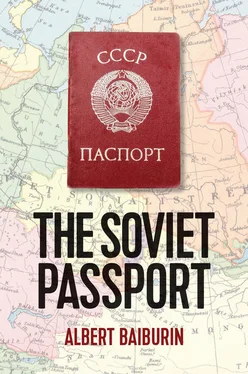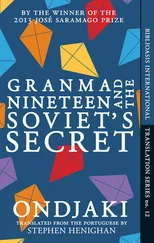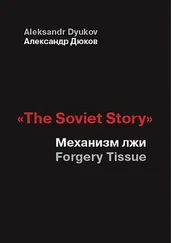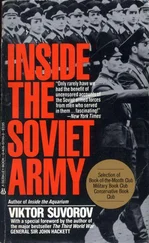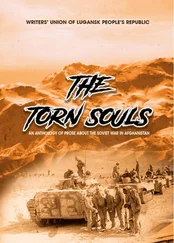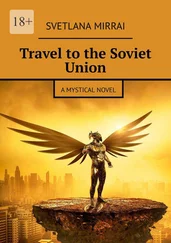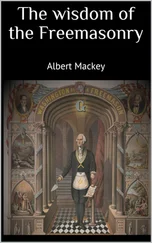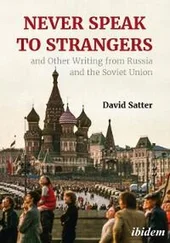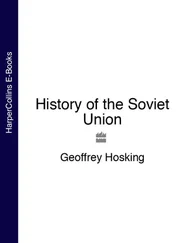All the same, as The Soviet Passport also makes clear, the passport could have all kinds of meanings that official prescription had not anticipated. One particularly insouciant individual even remembers using his for various forms of private annotations – while also recalling how shocked the officials in the passport office were when they observed what he had done. The pasport was by no means only a means of stultification or oppression, though as shown by the heart-breaking letters written in the late 1930s by petitioners fearing they held ‘the wrong nationality’, it sometimes did have exactly that purpose and result. Who would have thought that a major advocate, in the post-war years, of relaxing the regulation of migrancy would have been Lavrenty Beria, the ruthless head of the Soviet secret police? As this unique and fascinating book records, the history of the passport offers an unexpected window on the Soviet (and indeed post-Soviet) world, laying bare a rich imaginative and experiential reality, as well as an at times depressing history of regimentation and bureaucratically-inspired frustration.
Catriona Kelly
Oxford, January 2021
1 1. An obvious reason behind this practice is that foreign passport holders form a minority, though an increasing one, of the US population: in 2007, the proportion stood at 27%, while in 2018 it was 42%, a figure significantly lower than in European countries, with an average of 60%, and the UK, at 73% in 2018.
2 2. There were, of course, many other arguments around the ID cards, particularly data privacy versus better access to information (Paul Beynon-Davies, ‘The UK national identity card’, Journal of Information Technology Teaching Cases, Vol. 1, 2011, pp. 12–21), and, of course, opinion is not unified on the issue, but all the same, the contrast between the British (and more specifically English) firm belief in the right to move around without ID checks within the country seems to be the established counterpart to the conviction that impermeable borders are vital in terms of keeping out those who live outside it – a major motivating force in the campaign for Brexit.
3 3. This is not a question of a simplistic opposition between ‘Soviet’ (or ‘post-Soviet’, or ‘Russian’) and ‘Western’ prescriptions and realities. As has often been pointed out by specialists on the history of the identity document (see, e.g., Jane Caplan and John Torpey (eds.), Documenting Individual Identity…), many European countries, notably France and Germany, also have a lengthy history of national identity cards that share some of the functions of the pasport.
4 4. Colin Thubron, In Siberia, p. 132.
5 5. As the Russian scholar Aleksandr Dmitriev has shown, these associations were so pervasive that the centenary of the Emancipation of the Serfs in 1961 provoked as much embarrassment and confusion as celebration. ‘Posle osvobozhdeniya: “Velikie reformy” i khrushchevskaya ottepel’ v perspektive russkoi istoricheskoi mysli’ [After Emancipation: The “Great Reforms” and the Khrushchev Thaw in the Perspective of Russian Historical Thought], Novoe literaturnoe obozrenie no. 142 (2016), https://www.nlobooks.ru/magazines/novoe_literaturnoe_obozrenie/142_nlo_6_2016_spetsialnyy_vypusk_t_2_rabstvo/article/12230/.
6 6. Precisely in this capacity, it figures in, for example, David Shearer, Policing Stalin’s Socialism: Repression and Social Order in the Soviet Union, 1924–1953. New Haven, CT: Yale University Press, 2009; Paul Hagenloh, Stalin’s Police.
7 7. Elza Guchinova (ed.), ‘“All roads lead to Siberia”: Two stories of the Kalmyk deportation’, Forum for Anthropology and Culture, Vol. 3, 2007, pp. 239–86.
8 8. It is worth emphasizing this point, since one of the achievements of Baiburin’s book is to take discussion of the Soviet passport beyond the migrancy issues that have been central to many previous analyses. As Baiburin emphasizes, the history of the propiska, or inscription of a right (and duty) to reside in one particular place, and the pasport are closely intertwined, but they are not identical. In post-Soviet Russia, the propiska has been replaced by a registratsiya (registration) that is more like the advisory notification to be found in, say, France (or the ‘proof of address’ required by many British bureaucracies and also commercial organizations, such as banks, though supplying this is actually more difficult because evidence needs to be no more than three months old).
9 9. I say ‘holding’ a document because, as Baiburin points out, no-one really ‘owns’ a passport: rather, it ‘owns’ the holder or the ‘bearer’.
10 10. To me and many others, the cover actually looks black.
As an anthropologist I have worked on a variety of subjects: semiotics of artefacts, rituals, stereotypical behaviour and now, suddenly, the passport. Actually, this is not as sudden as it may seem. The passport brings together in one object symbolism and ritualized practices; issues which have always interested me. Bureaucracy (especially Soviet bureaucracy) is perhaps the most ritualized area of any culture. Traditions in this area are especially rigid. Furthermore, I had to turn my attention to a completely different era, to principally different contexts and to unusual traditions of research.
It has always fascinated me that many people have a very particular, even a nervous, attitude to documents, and especially to the passport. How did this come about? How is it that documents have had such a strong effect on a person’s consciousness and attitude? And why did the passport become ‘the document above all documents’? It was in the Soviet period that the passport came to have a very special significance. Yet even I had not realized how many threads were drawn together by the Soviet passport. Herein lies the whole of Soviet history; the peculiarities of the Soviet person’s self-awareness; the life story of specific people; and much more besides. It was only after a number of years working in archives and libraries that I began to have a grasp of the subject; but even so I am still not absolutely convinced that I fully understand everything about the passport, so intricate and complicated is it.
I am very grateful to the Arts and Humanities Research Council (AHRC) for their support of my project from the outset. I am especially grateful to the Georgi Abdushelishvili Family Foundation for their permanent support of the Professorship in Everyday Soviet Life at the European University of St Petersburg, under the auspices of which work on this project continued.
Of enormous help to me were the comments and advice of Sergei Abashin, Alexander Chistikov, Catriona Kelly, Anna Kushkova, Georgi Levinton, Nikita Okhotin, Yuliya Orlova, Alexandra Piir, Konstantin Pozdnyakov, Arseniy Roginsky, Gabriel Superfin and Nikolai Vakhtin.
This book would not have been possible without access to material in a number of archives and museums. I should like to acknowledge the assistance provided by the staff of the State Archive of the Russian Federation (Moscow); the Russian State Archive of Social and Political History (Moscow); the Archive of the International ‘Memorial’ Society; the St Petersburg branch of the ‘Memorial’ Society; the Central State Archive of Cinematic and Photographic Documents in St Petersburg; the Museum of the Political History of Russia (St Petersburg); the State Museum of the History of St Petersburg; the Central State Historical Archive (St Petersburg); and the Archive of the Judaica Centre of the European University of St Petersburg.
I should like to express my sincere thanks to those who helped me to gather and transcribe the interviews: Alexandra Kasatkina, Catriona Kelly, Anna Kushkova, Maria Morozova, Irina Nazarova, Alexandra Piir and Darya Tereshina; as well as to those who shared with me their own interviews on a variety of topics: Maria Akhmetova, Svetlana Amosova, Marina Hakkarainen and Svetlana Sirotinina.
Читать дальше
